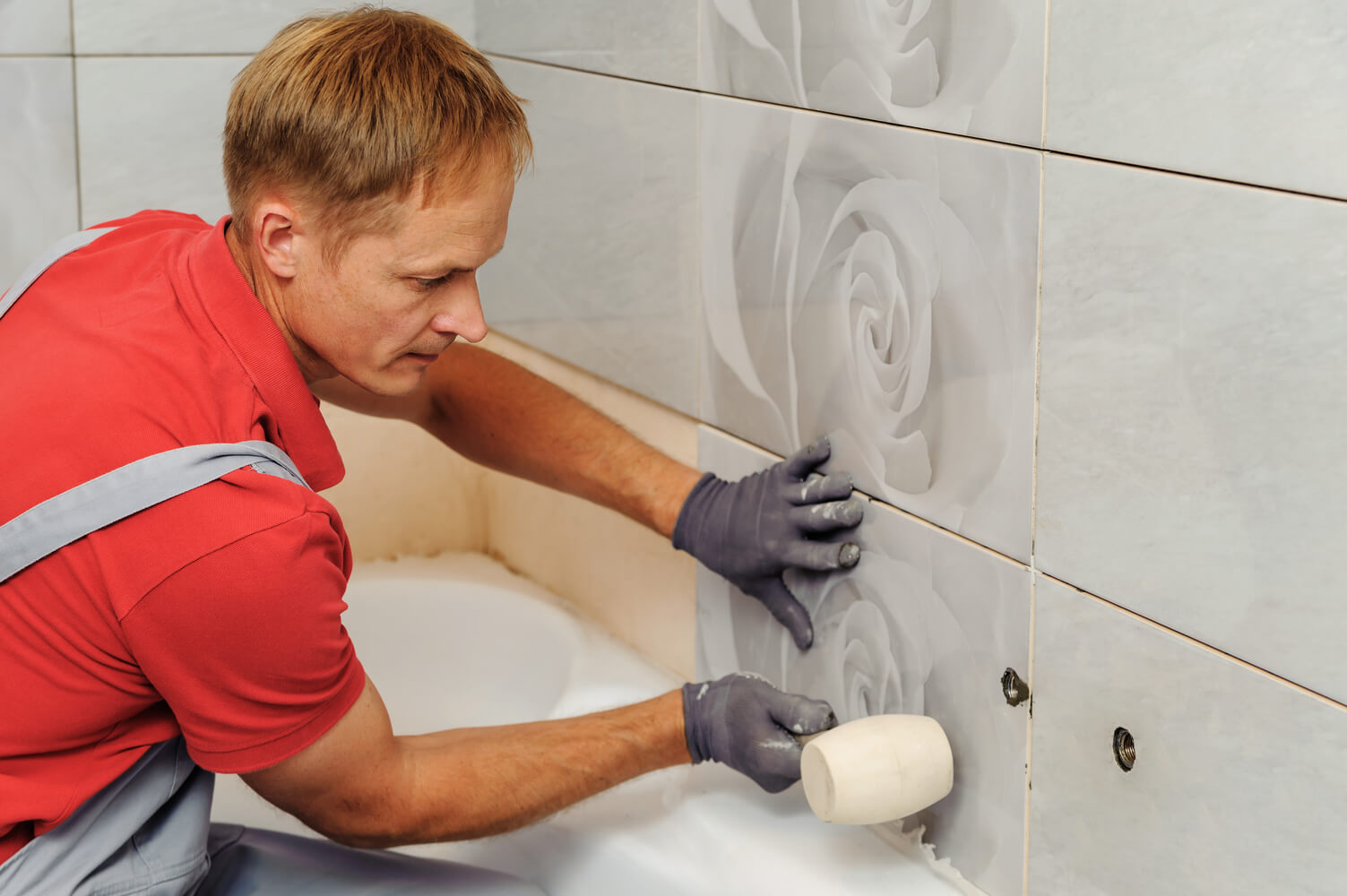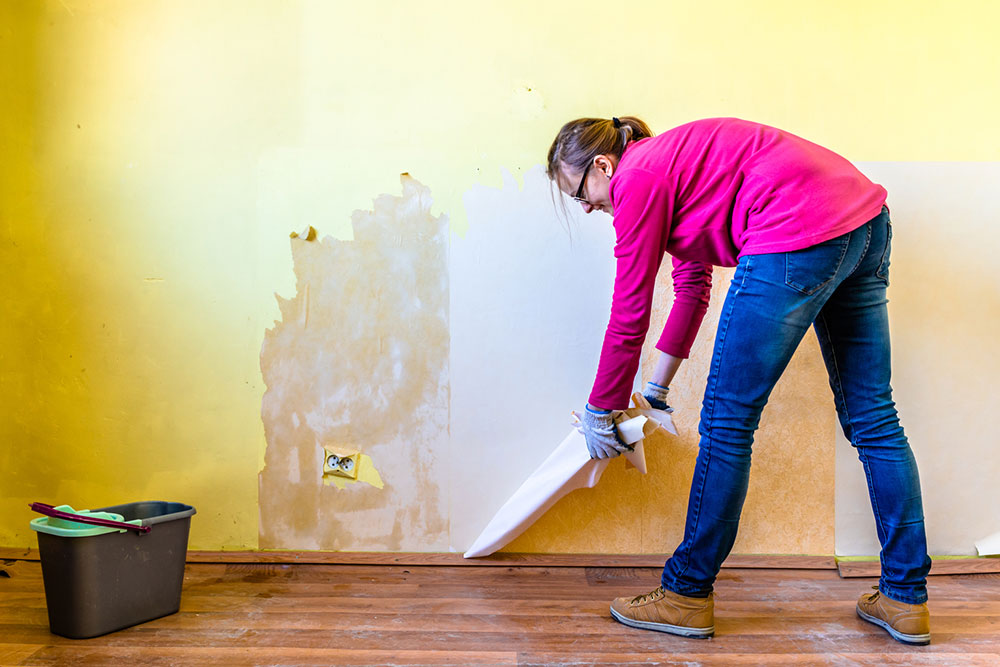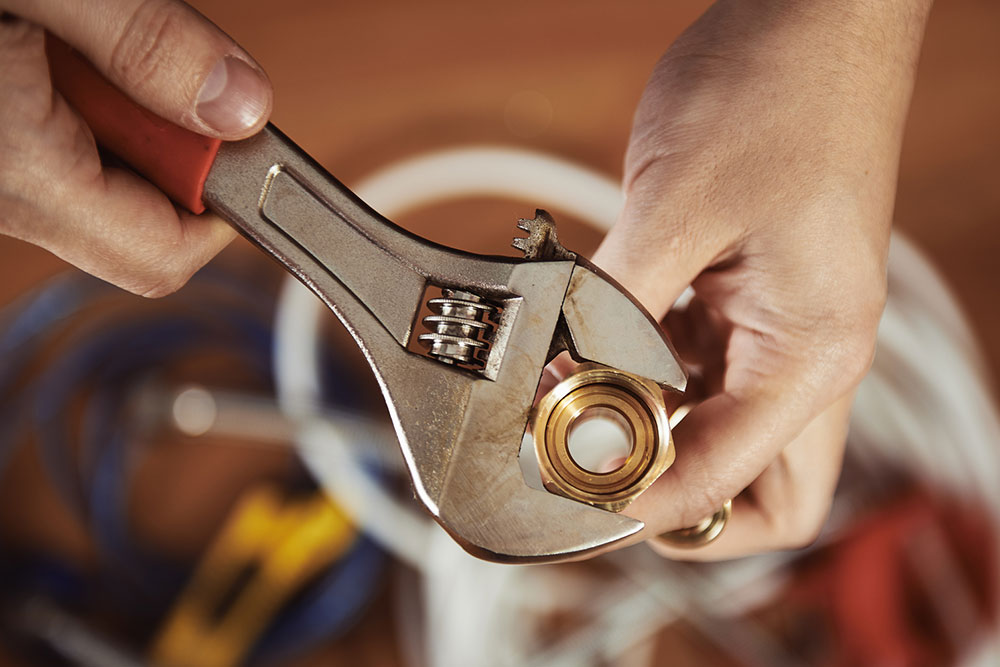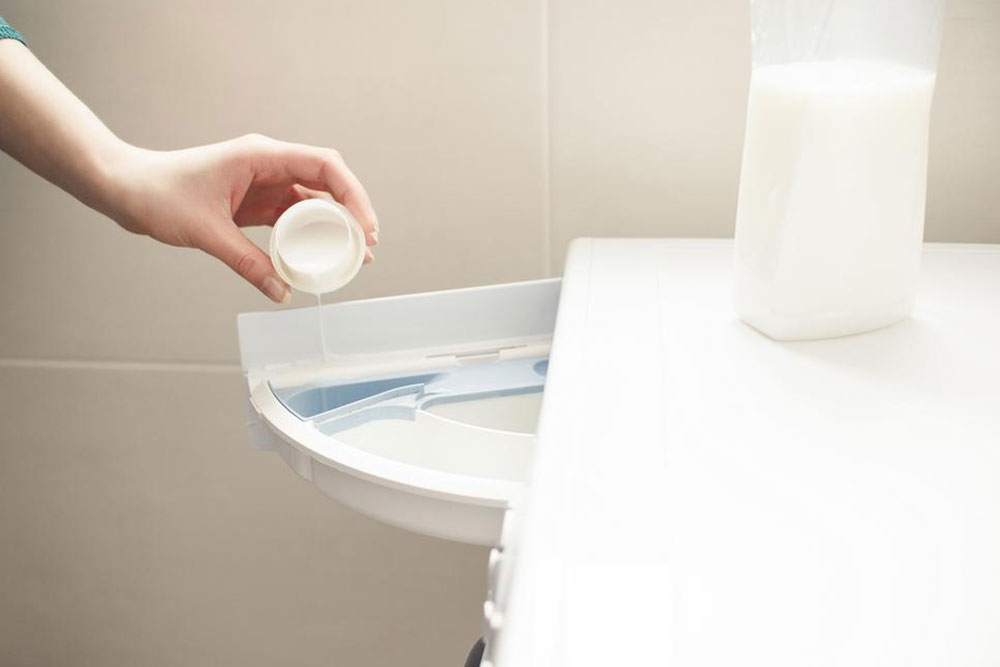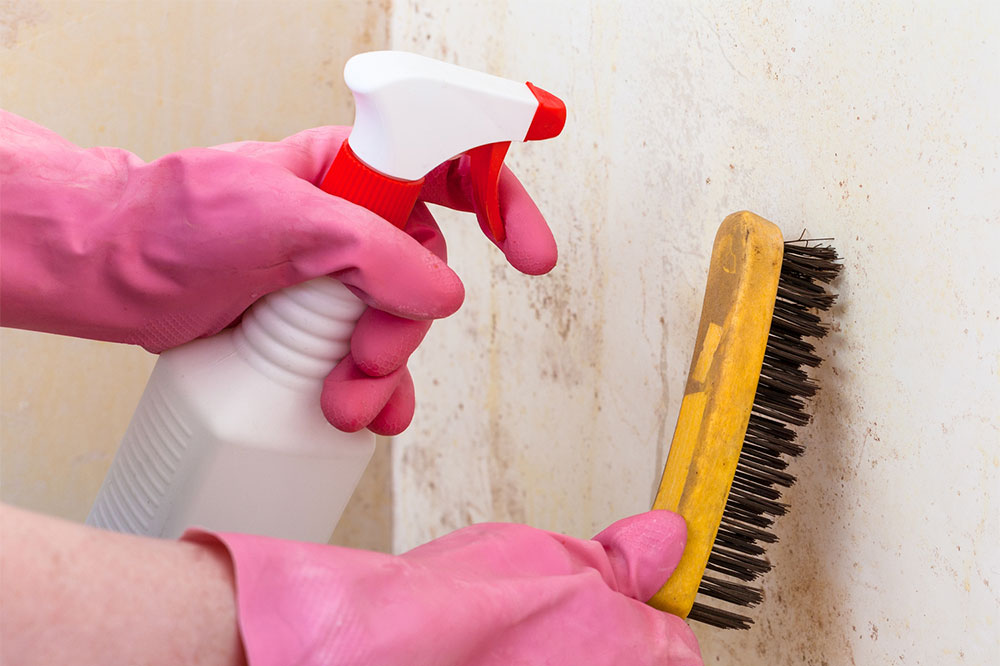Comprehensive Guide to Water Damage Categories and Restoration Methods
This detailed guide explains water damage categories and restoration strategies, emphasizing prompt action and professional help. It covers minor leaks to severe flooding, offering insights into proper repair procedures and preventive measures. Protect your home effectively by understanding these critical aspects and choosing the right restoration services to ensure safety, health, and structural integrity.
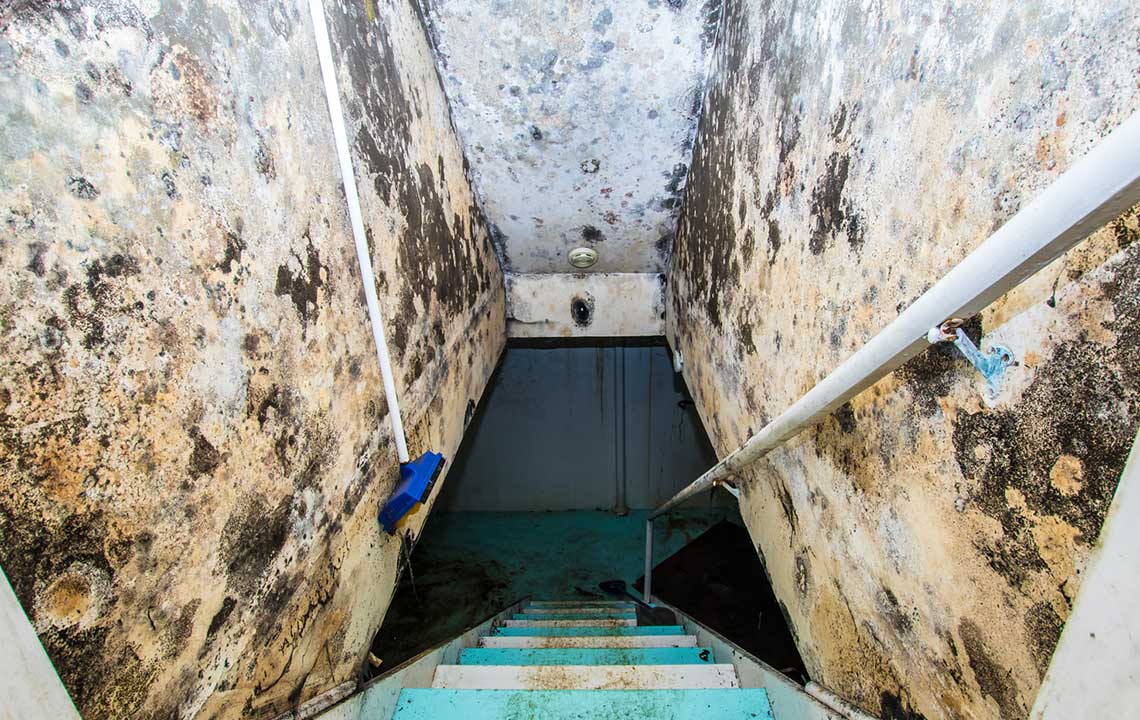
Comprehensive Guide to Water Damage Categories and Restoration Methods
As Winston Churchill famously said, "We shape our buildings, and our buildings shape us." Picking a home involves careful consideration, but certain elements beyond your control can threaten your property's stability. Natural events like storms, heavy rains, and snow can damage key parts of your house, leading to water-related issues that require immediate attention.
Water damage can range from minor leaks to severe flooding, risking structural integrity and making your home uninhabitable. Knowing how to respond and understanding the restoration process is vital for preserving your home. This guide explains the different types of water damage and the necessary steps for effective restoration.
Identifying the water damage category helps determine the scope of repairs. Immediate action is essential to prevent further deterioration. Begin by hiring a professional water mitigation contractor for an accurate assessment. They will evaluate the damage based on three main categories, each requiring a tailored restoration approach.
Water Damage Classifications
Category 1 involves clean, sanitary water from sources like pipes and tanks, posing minimal health risks.
Category 2, often called "gray water," includes water from washing machines, dishwashers, or toilet overflows, which may contain contaminants.
Category 3 signifies highly contaminated water from sewage leaks or severe flooding, requiring extensive cleanup and material replacement.
In addition to water category, damage levels are classified from 1 to 4, indicating the severity and extent of intrusion. Quick assessment guides the restoration timeframe, from hours for minor leaks to complete overhaul for significant flooding.
Restoration efforts vary depending on damage severity, with top-tier companies providing specialized services. Here's an overview of each category’s repair process:
Category 1 Restoration
This level involves minor leaks from uncontaminated sources, such as a burst pipe or small appliance leak. It requires basic drying and containment measures, like water extraction and air drying, with minimal structural repairs. Cost and scope depend on leak severity. Local cleanup services are equipped to handle such cases efficiently.
Category 2 Restoration
Gray water leaks from appliances or toilet overflows demand more caution due to potential health hazards. Proper removal of biological and chemical residues is necessary. Services include water extraction, sanitization, and drying, with attention to preventing mold growth and microbial contamination.
Category 3 Restoration
Most challenging, it involves contaminated sewage or floodwater, which can compromise entire structures. Restoration includes thorough cleanup, removal of damaged materials such as drywall and insulation, and comprehensive sanitization. Fast response and professional handling are crucial to prevent health risks and further damage.
Document and Content Preservation
Important documents and valuables affected by water can often be salvaged with specialized drying techniques. Professionals use advanced equipment to extract moisture, treat stains, and restore vital records, preventing significant loss.
Appliance Repairs and Leak Prevention
Leaking appliances, especially water heaters, can cause substantial damage over time. Signs include corrosion, low hot water output, and unusual noises. Regular inspections, installing safety systems, and energy-efficient units can reduce risks. Repair or replacement by professionals ensures safety and efficiency.
Sewage and Wastewater Cleanup
Sewage backups require urgent, comprehensive cleanup to eliminate contamination. The process involves removing water, sanitizing affected areas, and replacing damaged materials. Air movers and decontamination techniques prevent microbial spread, ensuring a safe environment post-restoration.
Basement Flooding Handling
Basements are prone to flooding from groundwater and foundation leaks, especially after heavy rains. Rapid identification and sealing of leaks restore stability. Use of industrial-grade equipment helps normalize pressure and prevent further intrusion.
Roof and External Repairs
A damaged roof is a significant water entry point. Wind, snow, and aging materials compromise its integrity. Timely repairs and sealing prevent leaks, protecting the interior from water damage.
Carpet and Upholstery Restoration
Flooded carpets and furnishings often need replacement, though professionals can clean, dry, and deodorize items depending on the water type. Prompt action minimizes health risks and saves costs.
Water Extraction and Dehumidification
Drying walls, floors, and HVAC components is vital to prevent mold growth. Proper moisture removal involves air movers and dehumidifiers. Maintaining optimal humidity prevents structural deterioration and health hazards, especially in cases involving contaminated water sources.
Leading Restoration Companies
911 Restoration offers comprehensive residential and commercial water damage services, including Category 2 emergencies.
1-800 Water Damage provides prompt response and insurance assistance, specializing in quick restoration efforts.
Servpro excels in large-scale repairs, rapid response, and extensive disaster recovery across numerous locations nationwide.
Before starting repairs, obtain detailed quotes to budget accordingly. Protect your investment by acting swiftly and consulting professionals for water damage issues. Owning and maintaining a home is a source of pride—keep it resilient by addressing water threats proactively.

